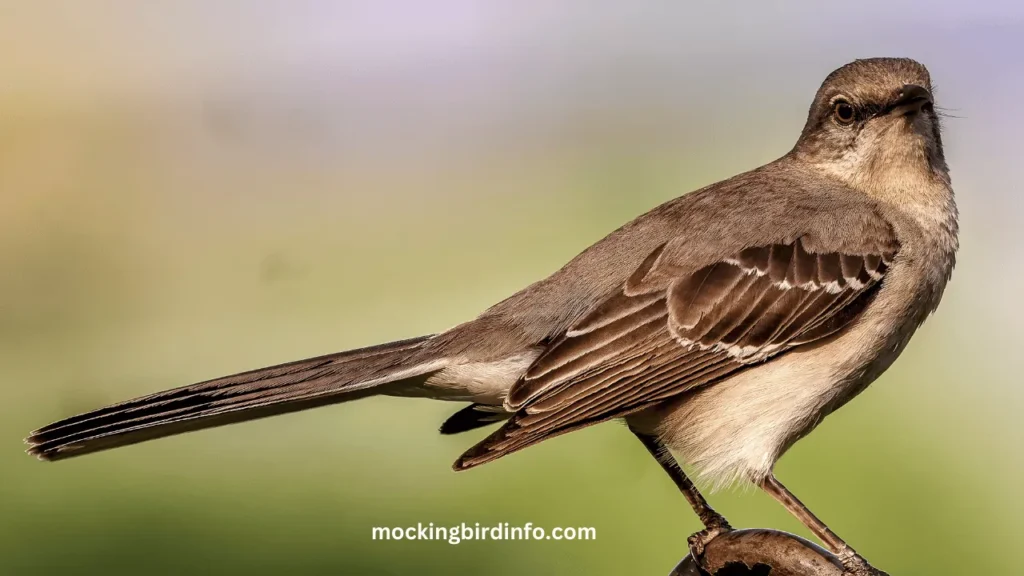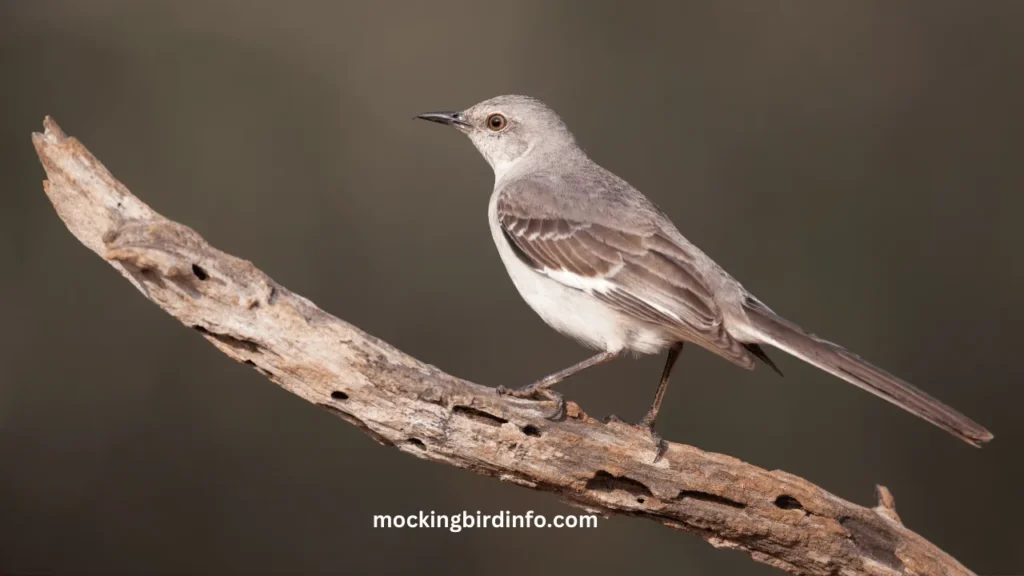Few things can disrupt the tranquility of your home quite like a persistent mockingbird. Known for their impressive ability to mimic the songs of other birds and even man-made sounds, these birds are delightful in moderation.
But when their territorial instincts kick in, they can become an unwelcome presence that disrupts sleep, disturbs pets, and keeps you on edge.Why does this matter to you? If you’ve found yourself awakened by their late-night calls or driven inside by their sharp, defensive dives, then you know how frustrating it can be to share space with these determined creatures.
Their bold nature often leads them to stake claim over backyards, gardens, and rooftops, turning once-pleasant outdoor spaces into battlegrounds. The good news is that while mockingbirds are fiercely protective, there are humane methods to discourage them from lingering around your property.
By understanding their behavior, using deterrents effectively, and making your environment less inviting, you can reclaim your peace without harming the birds. This guide will equip you with the tools and knowledge to create a bird-friendly yet peaceful space.

Contents
- 1 1. Understanding Mockingbird Behavior
- 2 2. Non-Lethal Deterrents
- 3 3. Creating an Inhospitable Environment
- 4 4. Legal and Ethical Considerations
- 5 Conclusion
- 6 FAQs
- 6.1 1. Why are mockingbirds so aggressive?
- 6.2 2. What time of year are mockingbirds most active?
- 6.3 3. Can ultrasonic devices effectively deter mockingbirds?
- 6.4 4. What are some effective visual deterrents for mockingbirds?
- 6.5 5. Is it legal to use bird spikes to deter mockingbirds?
- 6.6 6. What attracts mockingbirds to a yard?
1. Understanding Mockingbird Behavior
Mockingbirds are most known for their territorial and aggressive behavior, especially during their breeding season, which spans from early spring through late summer. This instinct is rooted in their desire to protect their nest from perceived threats, whether those threats are other birds, larger animals, or even humans.
If you notice a mockingbird diving at people or pets, it’s likely defending nearby eggs or fledglings. Another characteristic of mockingbirds is their attraction to certain stimuli. For instance, shiny or reflective objects can catch their eye and draw them to a particular spot.
These birds are also attracted to open water sources, such as birdbaths, ponds, or decorative fountains. Additionally, specific types of plants that provide dense cover or bear fruit can make your yard a preferred nesting site.
2. Non-Lethal Deterrents
Deterrents that do not harm birds are the best way to ensure a peaceful coexistence. Here’s a closer look at effective methods:
Visual Deterrents
- Scarecrows: These human-like figures work by tricking birds into thinking a person is nearby. However, mockingbirds can become accustomed to a stationary scarecrow, so repositioning it every few days or altering its appearance helps maintain its effectiveness.
- Shiny objects: Hanging reflective items such as old CDs, aluminum strips, or reflective tape can disorient birds with flashes of light. This method works well in sunny areas where reflections are most visible.
- Predatory decoys: Birds instinctively avoid predators. Placing decoys shaped like owls or hawks can make your yard seem unsafe. Choose decoys with realistic features or moving parts, like rotating heads or eyes that reflect light, to prevent birds from recognizing them as fake.
Auditory Deterrents
- Distress calls: Pre-recorded distress calls mimic the sound of a bird in danger, creating a sense of alarm that discourages mockingbirds from lingering. These should be used intermittently to avoid the birds becoming used to the sound.
- Ultrasonic devices: These devices emit high-frequency sounds that birds can hear but are generally out of the human hearing range. While not universally effective, they can be part of a broader strategy when combined with other deterrents.
Physical Barriers
- Bird netting: Installing bird netting over gardens, fruit trees, or other areas you want to protect prevents birds from gaining access. This method is especially useful for homeowners who grow produce, as it physically blocks birds without injuring them.
- Bird spikes: These can be attached to fences, window sills, or eaves to prevent perching. The spikes make it uncomfortable for birds to land without causing them harm, effectively deterring them from resting in those spots.

3. Creating an Inhospitable Environment
To prevent mockingbirds from seeing your property as a safe haven, you need to eliminate what attracts them. This involves a combination of methods:
Remove attractants by covering or removing bird feeders that hold seeds or nectar, which attract both mockingbirds and their prey. Ensure any fruit-bearing trees or bushes are regularly harvested so they don’t become a source of food.
Eliminate water sources such as birdbaths or open containers. While it may seem harsh, limiting access to water can be an effective strategy during peak nesting seasons when birds seek places with ample resources.
Pruning and trimming trees is another step. Mockingbirds prefer thick foliage for nesting. By regularly pruning bushes, hedges, and tree branches, you create a less hospitable environment that encourages them to nest elsewhere.
Commercial bird repellents can also be useful. Products containing methyl anthranilate, a natural compound found in grapes, are safe and create an unpleasant taste for birds. Apply these in areas where birds frequently land or nest, following the manufacturer’s instructions for safe and effective use.
4. Legal and Ethical Considerations
Before implementing any deterrent measures, it’s crucial to understand the local wildlife protection laws. Mockingbirds are protected under the Migratory Bird Treaty Act, which makes it illegal to harm or kill them. Violating these regulations can lead to fines or penalties.
Always use humane methods that scare birds away without causing injury. Ethical bird management focuses on preventing problems while preserving the natural behavior and safety of the birds. This balance ensures that your actions are both effective and compassionate.
Conclusion
In summary, keeping mockingbirds away from your property requires a thoughtful combination of understanding their behavior, applying effective deterrents, and creating an inhospitable environment. By taking these steps, you can reclaim your space without causing harm to the birds or disrupting the local ecosystem.
Finding peace in your yard doesn’t mean resorting to harmful methods; it’s about strategically deterring them in a way that respects their natural behavior. With patience and the right approach, you can coexist with wildlife while ensuring your home remains your peaceful sanctuary.
FAQs
1. Why are mockingbirds so aggressive?
Mockingbirds are known for their territorial nature and will aggressively protect their nests, especially during breeding season.
2. What time of year are mockingbirds most active?
They are most active from early spring to late summer, which aligns with their breeding season.
3. Can ultrasonic devices effectively deter mockingbirds?
Ultrasonic devices may help, but results can vary. It’s best to use them alongside other deterrents for the most success.
4. What are some effective visual deterrents for mockingbirds?
Reflective objects, predatory decoys, and moving scarecrows can all work, but require regular repositioning.
5. Is it legal to use bird spikes to deter mockingbirds?
Yes, bird spikes are legal as long as they are used humanely and do not injure the birds.
6. What attracts mockingbirds to a yard?
Shiny objects, dense vegetation, and water sources are some of the main attractants.








